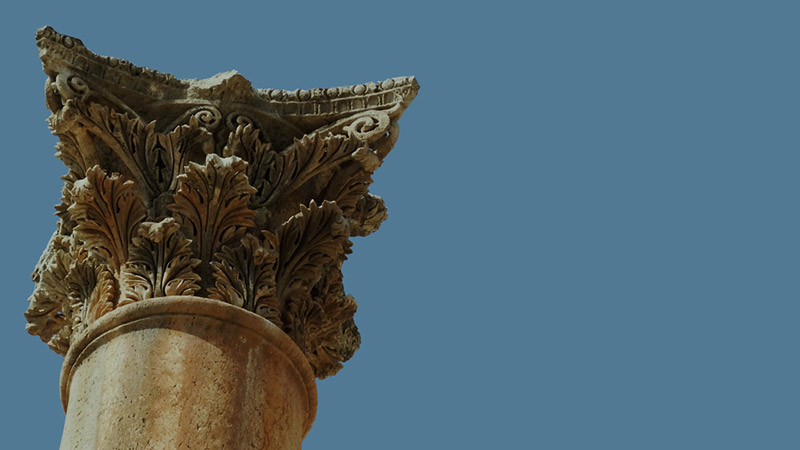Select Marker to See Location Name
You Searched "Movements of Jesus Day"
-
Volume 11
Lesson 11.4 | The Last Passover
-
Devotional
Count This Day
-
Volume 12
Lesson 12.5 | They Were Not Wandering
- LOAD MORE
- SHOW ALL
Updating...
Volume 11 |
Lesson 11.4 | The Last Passover |
Devotional |
Count This Day |
Volume 12 |
Lesson 12.5 | They Were Not Wandering |
Showing 12 of 344

From Galilee to AsiaThe remains of the towns and villages of Galilee give evidence to the simple lifestyle of the Jewish people of the first century. Few were wealthy or poor. Most were hardworking people living comfortable lives as extended famil...
MORE
Gamla is often called the "Masada" of the north because of the siege and fall of the town to the Romans during the Jewish Revolts. The city was originally settled by a group of Jews returning from captivity around 150 BC.The city is loca...
MORE
The Zealots were part of a movement completely devoted to serving God. They believed it was impossible to serve the pagan Romans while also being faithful to the law of God. They resisted Rome and anyone who sided with the Roman rulers, often with...
MORE
Hades, originally the Greek god of the underworld, is the namesake for the place where departed spirits live. It was frequently used in the Bible as a synonym for hell or the grave (Psalm 9:17; 55:15; 116:3).As Jesus used it in Matthew 16:18, Hade...
MORE
City of PagansCaesarea Philippi, which stood in a lush area near the foot of Mount Hermon, was a city dominated by immoral activities and pagan worship.Caesarea Philippi stood only twenty-five miles from the religious communities of Galilee. But t...
MORE
A Picture of HellGehenna A sewer channel commonly ran under the streets of ancient cities. It traveled through the city gate and emptied into a nearby valley. Though the channels were probably used to drain rainwater from the towns, people also us...
MORE
This olive press is in the Capernaum, Jesus' home-base (Matt. 4:13), near the synagogue. The crushed olive pulp was placed in baskets (about four inches thick and two feet in diameter), which were then stacked several high. These baskets are barel...
MORE
The word gethsemane is derived from two Hebrew words: gat, which means "a place for pressing oil (or wine)" and shemanim, which means "oils."During Jesus' time, heavy stone slabs were lowered onto olives that had already been c...
MORE
The northern part of the land of Palestine. Jesus grew up in the town of Nazareth, in Galilee, and did a lot of his teaching ministry here.
MORE
Aramic, meaning "camel," because from a distance this ridge in the Golan Heights (Gaulanitis) looks like a camel's hump. Located north and east of the Sea of Galilee. Home to nationalistic Pharisees (Zealots) who sought deliverance from ...
MORE
The word gethsemane is derived from two Hebrew words: gat, which means "a place for pressing oil (or wine)", and shemanim, which means "oils." During Jesus' time, heavy stone slabs were lowered onto olives that had already been...
MORE